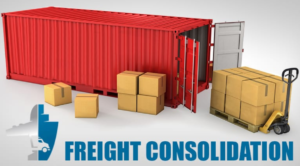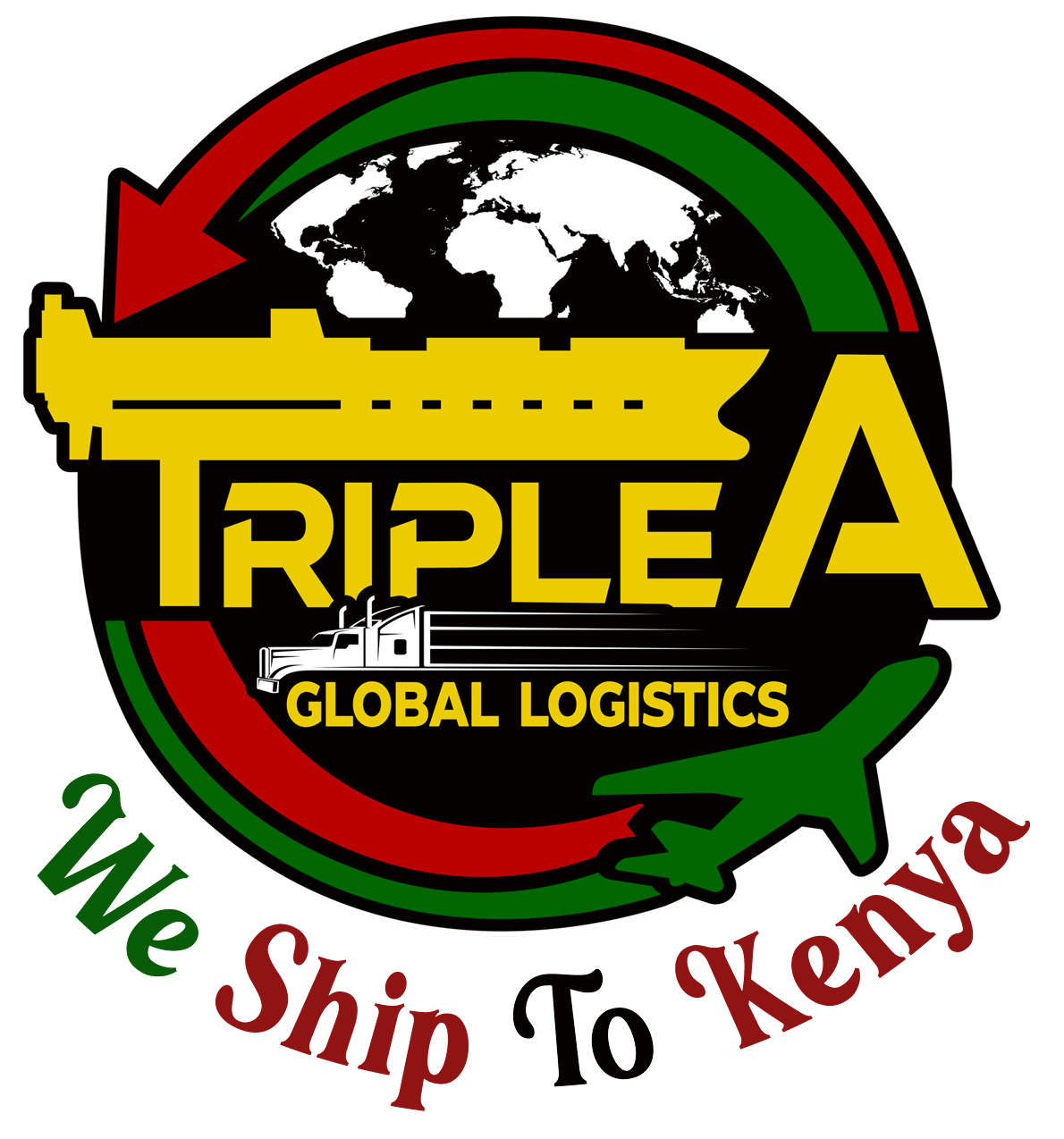Call Us:
+44(0)2039579445
+254 111 81 81 81
Mail Us:
info@tripleafreight.co.uk
Triple A
 The need for efficient and cost-effective shipping solutions has never been greater in today’s fast-paced world. This is where consolidated freight shipping comes into play. But what exactly is consolidated freight shipping, and why is it becoming a cornerstone in modern logistics? Let’s dive in and explore.
The need for efficient and cost-effective shipping solutions has never been greater in today’s fast-paced world. This is where consolidated freight shipping comes into play. But what exactly is consolidated freight shipping, and why is it becoming a cornerstone in modern logistics? Let’s dive in and explore.